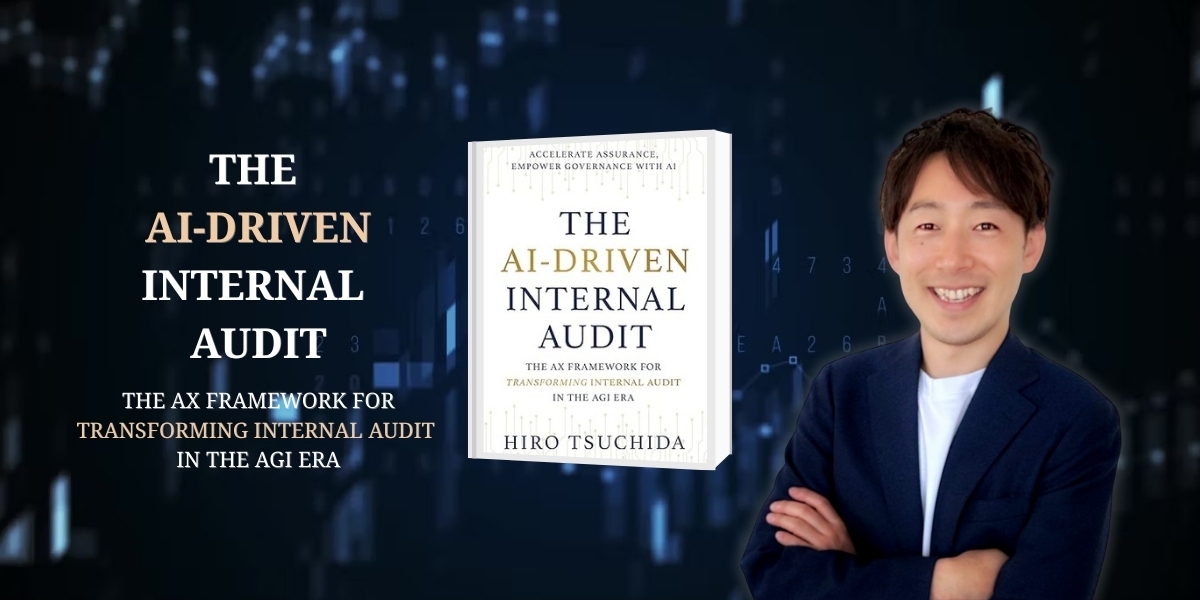By: Maria Williams
In today’s environment, labor unions have been expending resources to expand their membership. Rian Wathen, a former director of collective bargaining for a statewide union, emphasizes that one of the most misunderstood parts of unionization is collective bargaining. Most people believe voting for a union always results in a contract with higher wages and benefits for the affected employees. Rian and other labor relations professionals say that this is very far from the truth.
According to some polls, American workers now support unions more than ever. A 2022 study revealed that 71% of Americans approve of labor unions, which exceeds the previous record for public approval in 1965. However, Rian believes that many times, employees are misled by inaccurate and even deceptive information regarding collective bargaining during a union campaign. As a former union representative/officer with over 15 years of experience in union organizing and bargaining contracts, he has the expertise to speak on this issue.
Rian also has a passion for educating employees and companies to prevent unrealistic expectations about the collective bargaining process. Through his company, The Labor Educators, Rian and his experienced, diverse staff provide transparent, factual education about labor unions to employees. Their biggest mission is to create a space for open, fun conversations about unions and union organizing that increase awareness and empower workers to make fully informed choices before they vote on whether to join a union. This approach is radically different from aggressive ‘union busting’ activities of the past and is much more effective.
According to Rian, these are the four most common myths employees believe about collective bargaining:
- Voting for a union guarantees that you will eventually get a union contract.
- If an employer and a union can’t reach an agreement, a third-party entity will force a resolution.
- Collective bargaining carries no risks for employees.
- Employees always have the right to approve their union contracts.
Under the National Labor Relations Act, if employees decide to unionize, they grant the labor union full decision-making power regarding any potential contract. The law treats this very similar to a power of attorney. The union is given full authority about their benefits, wages, and other terms and conditions of their employment.
However, union contracts are not required by law. If employees elect a union, they are guaranteed to go through a collective bargaining process, but they are not guaranteed to get a final product. Many people are surprised to learn that during initial contract negotiations, unions fail to get a collective bargaining agreement about 40% of the time. In those cases, despite the parties negotiating in good faith, they never reach an agreement.
When it comes to the second myth, most of the public has assumed that the National Labor Relations Board or some other entity will intervene to force an agreement. While in the public sector, provisions mandate a third party to force an agreement in certain situations, this is not the case in the private sector. There is no mandatory arbitration or forced mediation required in collective bargaining under The National Labor Relations Act.
Collective bargaining is one of the most widely misunderstood facets of union organizing, according to Rian. “Employees begin the negotiation process with their current wages and benefits. Many feel like there is no risk to what they already have. But negotiations can go either way. While the union may ask for more, the employer can also submit their own proposals. In that give-and-take process, a contract could result in less than what they currently enjoy. Collective bargaining does not always result in more. If a contract is reached, it could contain fewer wages and benefits than before unionization.”
Rian notes that the last myth is one of the most flawed understandings of collective bargaining. Union members believe they always have the right to vote on the approval of any potential union contract. The law does not give them that right. The National Labor Relations Act contains no provisions regarding union members approving their contracts. If a union negotiates an agreement and signs it without showing it to the members, that is not a violation of the law. Some unions may have internal regulations regarding a voting process for approval, but those internal regulations are also subject to the union officers’ interpretation.
Most of today’s labor unions use a dual-purpose ballet if the employees are allowed to vote. This means they can vote YES to accept the potential contract or vote NO to reject the contract, with a NO vote also being a vote to strike. “Employees are put in a tough spot when they don’t agree with the contract’s proposal,” Rian says. “Even if they don’t like what has been proposed with a dual-purpose ballet, the union intentionally puts them in a situation to accept a substandard agreement or make the difficult decision to go on strike.”
Because labor unions in the United States only represent 6% of the private sector workforce, very few people have actually been through collective bargaining for an initial contract.
Therefore, there are many misconceptions about a union’s ability to force an employer to make changes or agree to proposals in bargaining. Rian and his team aim to bridge this gap by providing fact-based education to workers during a union organizing campaign, both before and after a petition is filed. If you’re interested in learning more about their services, you can contact the Labor Educators on their website.
Published by: Nelly Chavez









